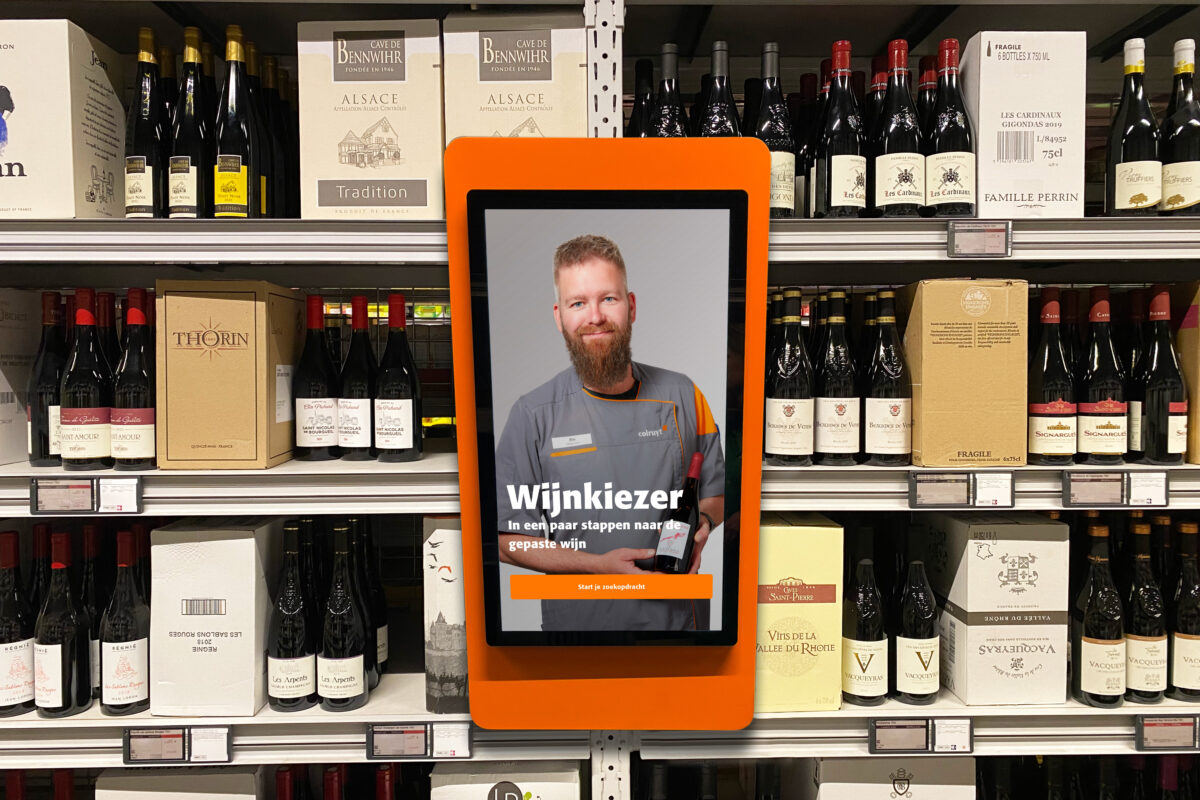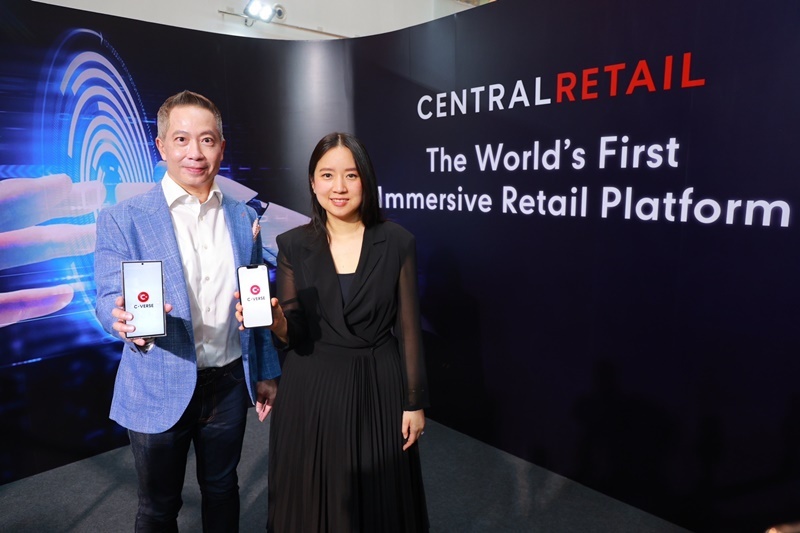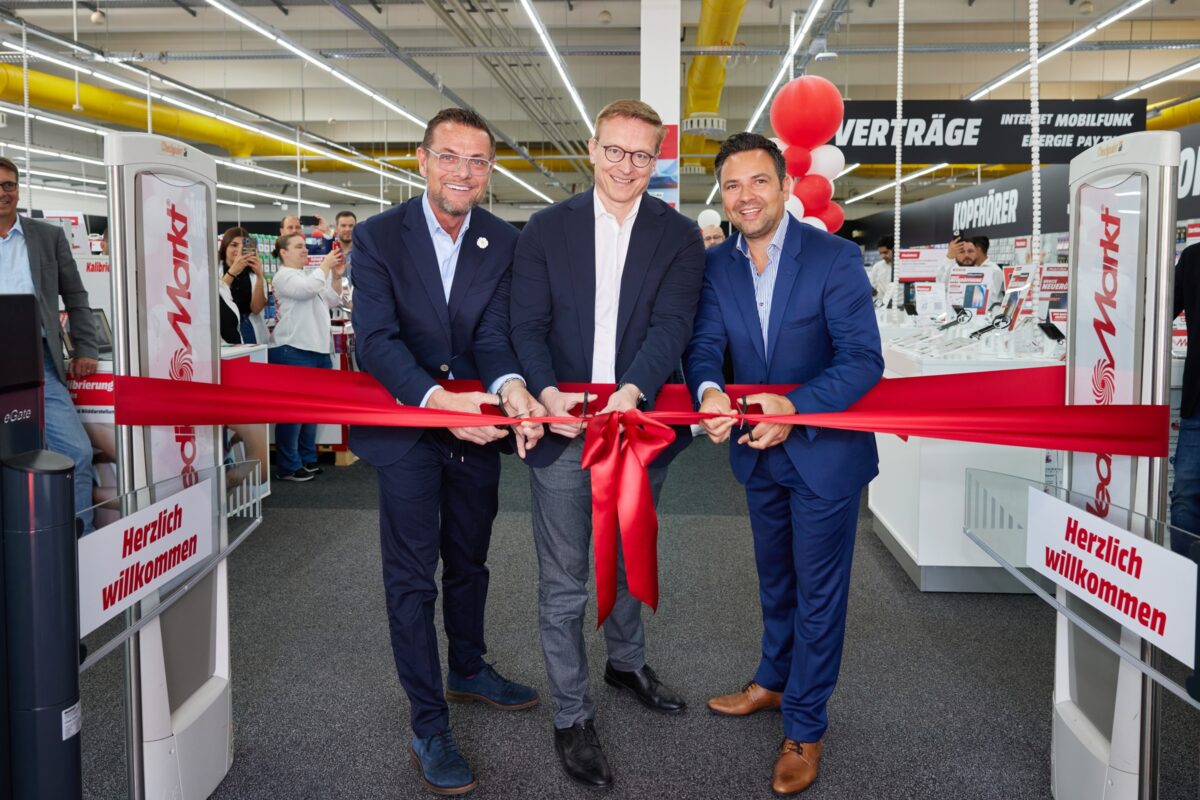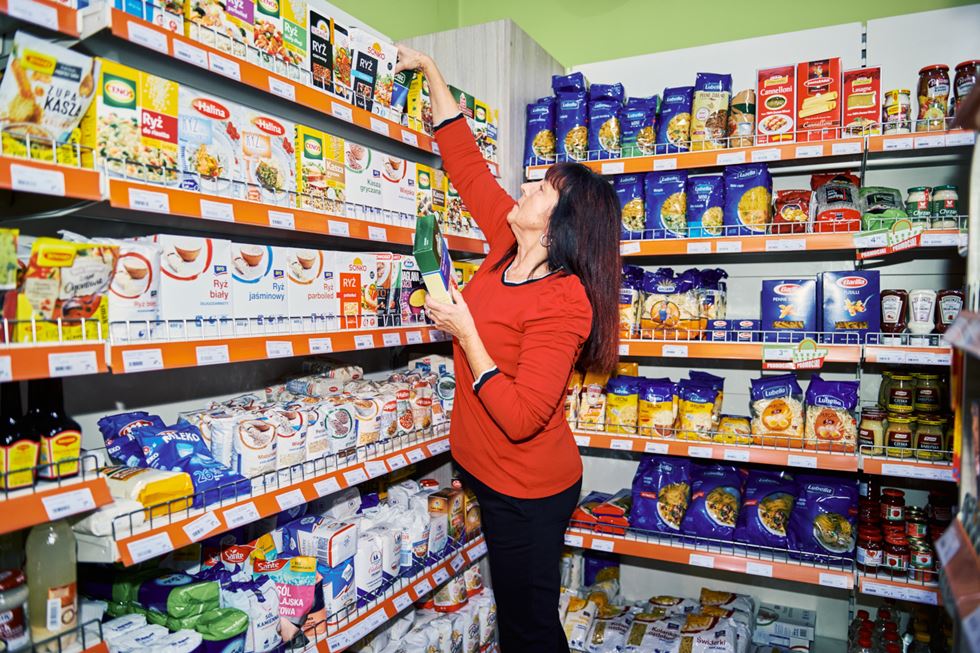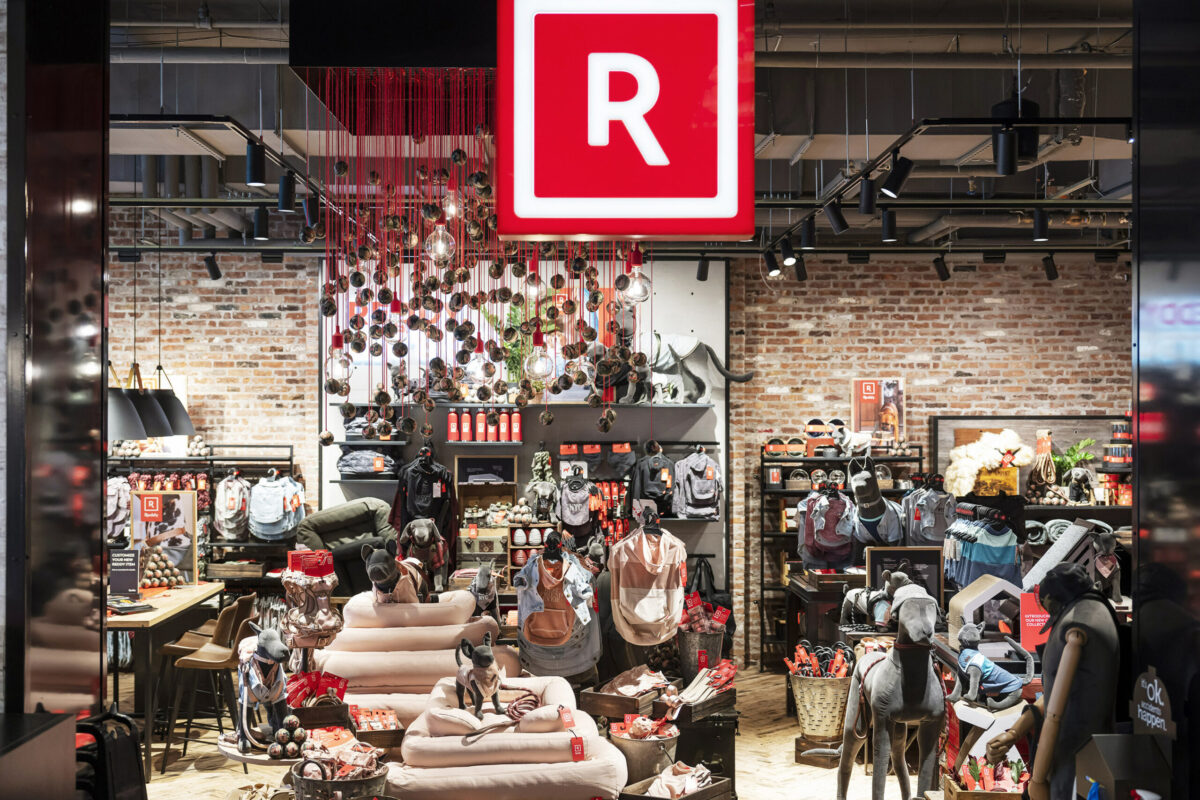Retailers utilize their own mobile apps to take up precious real estate on their customers’ smartphones – a must-have to strengthen customer engagement
By Julia Pott (a EuroCIS.mag exclusive)
Modern smartphones are no longer just mobile phones. They have also become our mobile wallets and the key link between businesses and consumers.
In this interview, Franz Tretter, CEO and founder of hello again, a digital customer loyalty and personalized communication specialist, explains why a proprietary mobile app on their customers’ smartphones is imperative for companies to stay in touch and foster loyalty.

Franz Tretter, founder and CEO of hello again © hello again
Mr. Tretter, how important is customer loyalty in retail?
The COVID-19 pandemic has emphasized the importance of customer loyalty and underscored the benefits that digitization offers companies. Many businesses struggled to stay in touch and maintain a relationship with customers during coronavirus lockdowns and restrictions. Even under the best of circumstances, customers are all too willing to switch brands. The situation is made worse if the corner store has closed, prompting online retail to gain even more ground than before. In the past few months, many businesses have realized that it’s vital to invest more in their existing customers and retain them from churning as they are the key segment that generates the most sales. The longer companies can keep a loyal customer, the bigger the value they create for the business. It is a well-known fact that acquiring a new customer is many times more expensive than retaining an existing one.
Let’s talk about apps: How do retailers benefit from using their own proprietary app as it pertains to customer interaction?
A key advantage of a proprietary app is that it helps retailers to get closer to their customers, which subsequently boosts loyalty. The smartphone is the most widely used medium in society today. An app icon on a home screen means a retailer stays on a user’s radar, which increases brand awareness. Businesses can also use the app to send push notifications and communicate directly with their customers: this makes an immediate delivery of important information possible anytime and anywhere – even outside normal business hours.
Data protection is another pertinent benefit of increasing significance. The EU General Data Protection Regulation (GDPR) has emphasized the importance of responsible consumer data handling. An in-house app means the retailer – not a third-party service provider – has data sovereignty.
How do retailers inspire customers to download their proprietary app?
There are many ways to accomplish this, but the bottom line is the customer must appreciate an added value in downloading and using the app. Usually, a coupon or special offer prompts users to install the app. It’s a great way to boost downloads and registrations but what happens next is pivotal. If a customer deletes the app immediately after downloading, he or she likely saved some money while making the initial purchase, but neither the customer nor the business enjoys any long-term benefits. The app only unfolds its full potential through regular use. We always advise our clients to keep track of and target active users.
How do you encourage customers to use a mobile app regularly?
Retailers must offer attractive rewards and benefits to prompt consumers to use the app and collect loyalty points. They can use personalized communication to remind customers frequently about special offers and rewards and to keep in touch. Yet this concept goes beyond using the actual app. One way to boost app usage is to have retail staff urge customers to use the app to access respective benefits while they make a purchase. Many of our clients also emphasize POS materials such as flyers or posters. Our clients also appreciate the invite feature of our solution. Recommendations and reviews are more important than ever, which is why many retailers offer existing customers a reward or loyalty points if they refer friends to the program.
Can you give us retail examples of app designs and the specific goals retailers tried to achieve?
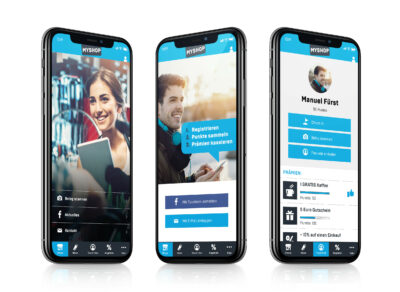
Customer loyalty app from hello again © hello again
It all depends on the respective objectives. Many retailers want to reap the benefits of digitalization. This includes the German drugstore chain Müller. The retailer embarked on a major digitalization campaign that focused on digital loyalty solutions right from the start. Müller has become an industry trailblazer that continues to evolve its strategies and innovations. Just a few months ago, the company integrated a new feature into the app: enter MüllerPay. When they scan Müller’s digital customer card, customers can earn points, redeem coupons, make payments, and receive digital receipts in the app. Other companies also emphasize automated, personalized communication to promote direct communication with customers. Their goal is to stand out from the competition and reinforce customer loyalty.
How do these measures impact retailers and improve the customer experience?
Multiple effects help retailers achieve more success and increase sales and turnover in the long run. Retailers start the process by identifying their customers, something that is otherwise difficult to accomplish, especially in brick-and-mortar stores. This identification strategy allows retailers to collect information with every interaction, which fuels targeted and personalized communication. Customers appreciate that they are not being bombarded with messages that are not interesting or relevant to them, while retailers can measure and optimize the impact of their personalized communications. Needless to say, a message on the smartphone’s lock screen affects a customer differently than a generic sales flyer that likely does not interest the consumer on a personal level.
The smartphone is the most popular audio-visual medium of communication in our society and will gradually replace our wallets. Companies must therefore ensure they take up precious mobile screen real estate. The digital loyalty club markedly affects the following variables: customer frequency and the average shopping cart. The incentive program increases both aspects and boosts sales, while consumers benefit from being members of the loyalty club. They collect points to access special rewards and save money on their purchases.
Want to experience the latest omnichannel solutions for retail? Technologies for Connected Retail and Customer Centricity are two of the HOT TOPICS, you shouldn’t miss at EuroCIS 2022.






